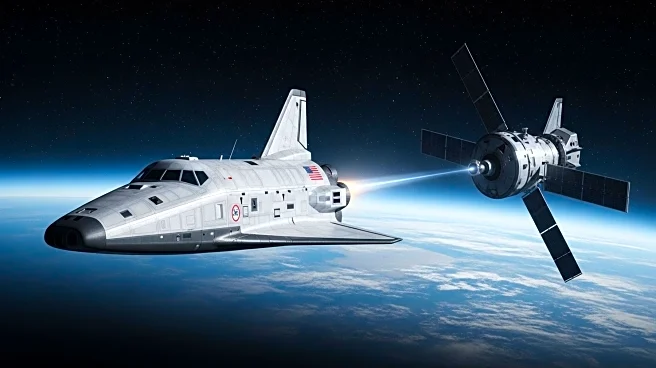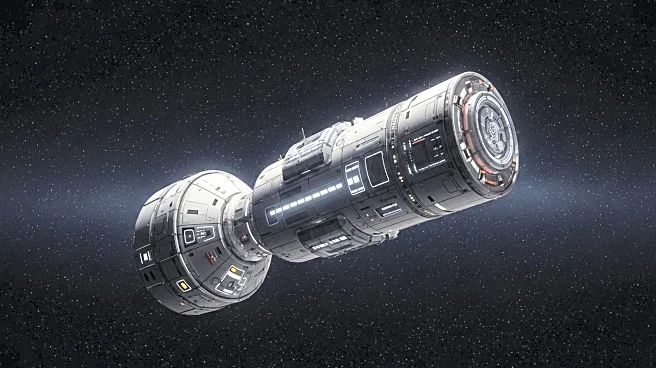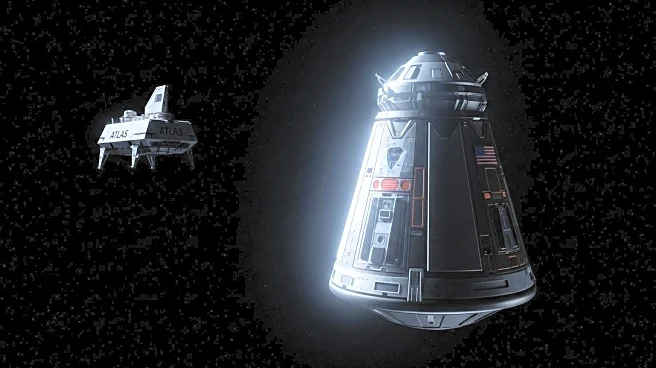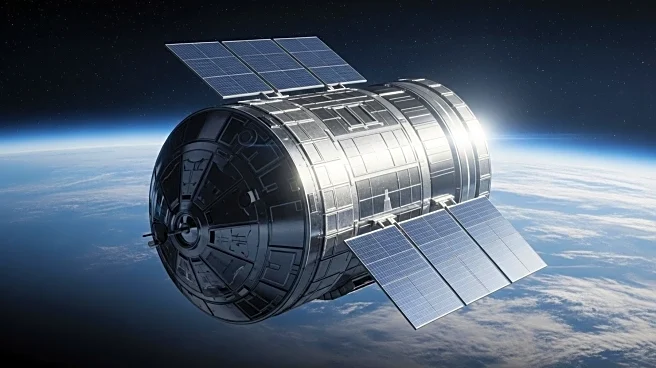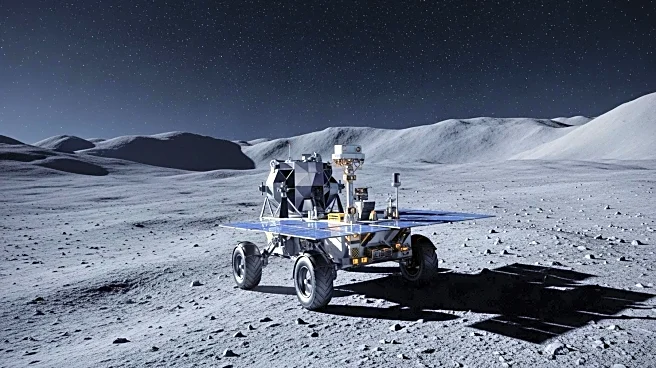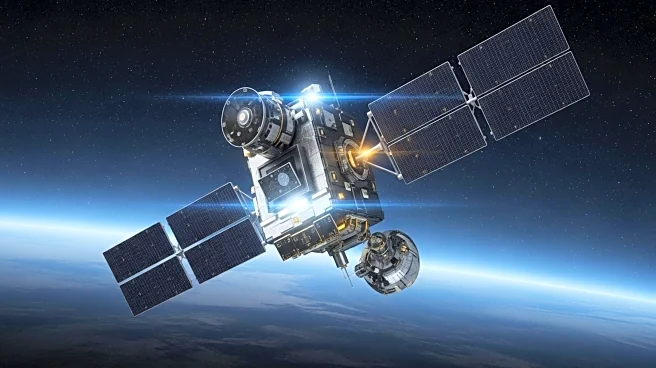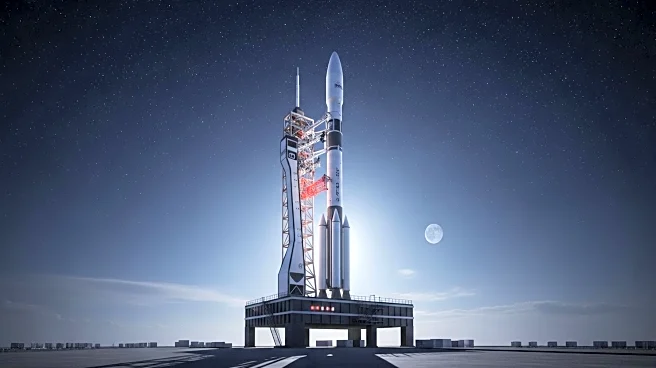What is the story about?
What's Happening?
The Gemini VI mission, a significant part of NASA's space exploration history, focused on proving rendezvous and docking techniques essential for the Apollo program. The mission involved launching an Atlas Agena B rocket as a target for the Gemini VI spacecraft to dock with. However, the mission faced challenges when the Agena vehicle exploded shortly after launch, leading to the cancellation of the initial Gemini VI launch. The mission was later rebranded as Gemini 6A, which successfully launched and rendezvoused with Gemini VII in space.
Why It's Important?
The Gemini VI mission was crucial in demonstrating the feasibility of rendezvous and docking in space, a technique that would be vital for future lunar missions. The mission's success marked a significant milestone in space exploration, showcasing NASA's ability to adapt and overcome technical challenges. The lessons learned from Gemini VI contributed to the success of the Apollo program, ultimately leading to the historic moon landing. This mission also highlighted the importance of astronaut decision-making under pressure, as demonstrated by Wally Schirra's critical decision not to eject during an aborted launch.
Beyond the Headlines
The Gemini VI mission underscored the complexities and risks associated with space exploration. It highlighted the need for meticulous planning and the ability to improvise in the face of unforeseen challenges. The mission also emphasized the importance of international collaboration and technological innovation in advancing human spaceflight capabilities. The successful execution of the mission paved the way for future advancements in space technology and exploration.
AI Generated Content
Do you find this article useful?
